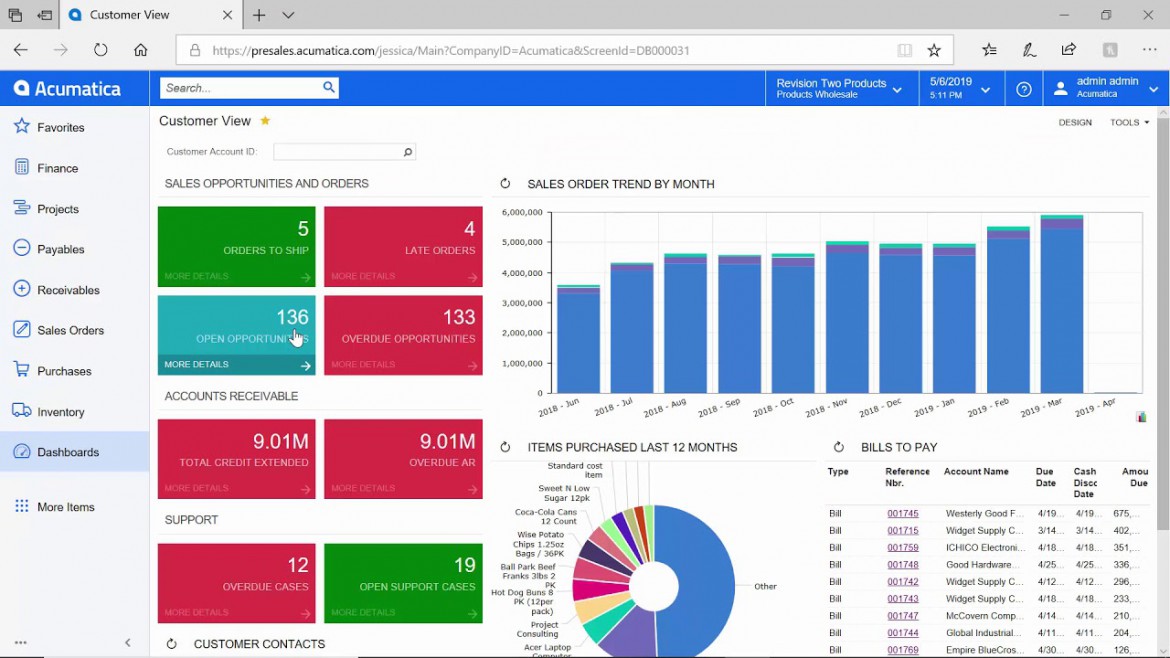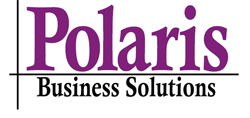
Acumatica vs. Dynamics SL: Dashboards
Your ERP system has a wealth of information about the health of your business, so getting the right data to the right users in a timely fashion can help you take corrective action if necessary. One of the most popular ways to provide users with relevant data is through dashboards. When comparing the options current Dynamics SL users have compared to Acumatica users there is certainly a big difference.
SQL Server 2019 Now Available for Dynamics SL 2018
Microsoft Dynamics announced today that SQL Server 2019 is now available from the Dynamics SL price list. SQL Server 2019 is unified only with Dynamics SL 2018. So, you can NOT run it with SL 2015. If you have any questions, please contact us.
Dynamics SL 2018 CU2 Is Now Available
Microsoft has released Dynamics SL 2018 Cumulative Update 2 (CU2) and it is now available for download. Below is a summary of some of the enhancements:
Acumatica vs. Dynamics SL : Project Setup
Microsoft Dynamics SL has always had a strong reputation for project accounting going back decades. Project Maintenance and the setup of the Project Controller module help define how Dynamics SL will function and is key to any successful implementation. Acumatica provides its users project functionality as well, so how do the main setup options compare with Dynamics SL?
Acumatica vs. Dynamics SL : Project Allocations
Microsoft Dynamics SL has always had a strong reputation for project accounting going back to the Smith, Dennis and Gaylord (SDG) days. One area that was always a differentiator was the Allocator module. With the Allocator module users are able to calculate and post new transactions to post to the GL and to the project. These transactions may apply indirect costs, like fringe and overhead, calculate fees and revenue or create asset entries to WIP, CIP or Unbilled A/R.
So how does Acumatica’s functionality compare to Dynamics SL’s for project allocations? We take a look at some areas below:
Dynamics SL Year End Updates for 2018
Microsoft has released the year end updates for the 2018 tax year for Dynamics SL. They include changes for 1099 and W-2 reporting to help comply for 2018 tax year regulations.
Dynamics SL 2018 CU1 Released
Microsoft has released Dynamics SL 2018 Cumulative Update 1 (CU1) and it is now available for download. Below is a summary of some of the enhancements:
Dynamics SL 2018 Is Now Available
On May 1st, Microsoft released Dynamics SL 2018 which includes new features, updates and fixes. In addition, SL 2018 will integrate with Microsoft Power BI, Microsoft Power Apps and Microsoft Flow. There are also new Web Apps available and Microsoft is planning on releasing Web App updates about once a month. They will also start releasing updates quarterly to the Dynamics SL application. We will highlight some of the updates here with more details to follow in upcoming posts.
January 2018 Payroll Tax Table Updates Now Available for Dynamics SL
Yesterday Microsoft released a tax update for calendar year 2018 for tax table changes announced after the December 2017 Payroll Tax Updates were published.
Say hello to Polaris Hosting!
Effective October 2017, Polaris has launched a hosting service for companies (and Polaris customers, of course!) seeking to run their ERP, accounting, or other business-critical software on a cloud-based platform. The hosting service – which is an alternative to businesses running and maintaining their own servers – offers advantages like improved security, improved reliability, increased server performance, and cost-savings. The new offering is a logical extension of our company’s core business of developing, deploying, maintaining, and troubleshooting software solutions from Microsoft Dynamics SL and Acumatica.
“We’ve been helping a wide range of clients manage their Dynamics SL- and Acumatica-based ERP, accounting, and other business software for over 10 years now, almost exclusively on their own servers or in homegrown data centers,” says our founder and president, Todd Delaney. “While there’s nothing inherently wrong with taking a DIY approach to running things on your own box, there can be considerable advantages to moving to the cloud. So, we’re excited to offer that as an option — and a broader service offering of both software and robust, remote servers to run it on.”
In launching Polaris Hosting, we’ve identified and expanded on three key benefits to businesses currently managing their own servers:
- Lower “IT” costs – Information technology is oftentimes not a core competency of many businesses. By moving software and server management outside, businesses can reduce their “IT” costs or render them more predictable, eliminate headaches, and focus on their mainline business.
- Scalability – Especially for smaller or growing businesses, needed server capacity, bandwidth, and speed can fluctuate and evolve, making it difficult (and costly) to predict and purchase the right hardware. By ‘leasing’ space in the cloud, servers can be added (or even scaled back) to stay in step with demand, web traffic, or common business fluctuations; companies reduce the risk of purchasing and maintaining equipment that can quickly become obsolete; and, with Polaris Hosting, customers can establish a ‘hybrid’ approach of in-house and cloud-based servers to migrate to the cloud gradually – or choose between a privately held or “public” server farm (such as Amazon or Microsoft Azure).
- Superior security – In the face of ever-evolving security environment, Polaris’ hosting service increases confidence, thanks to added protection, automatic server software updates (no need to track and manage updates, patches, and upgrades in-house), robust back-up power, and well-defined/documented disaster recovery.
Current and prospective Polaris customers interested in learning more about the hosting services now available from Polaris Business Solutions can initiate a no-cost server audit, consultation, and estimate with a simple email.
